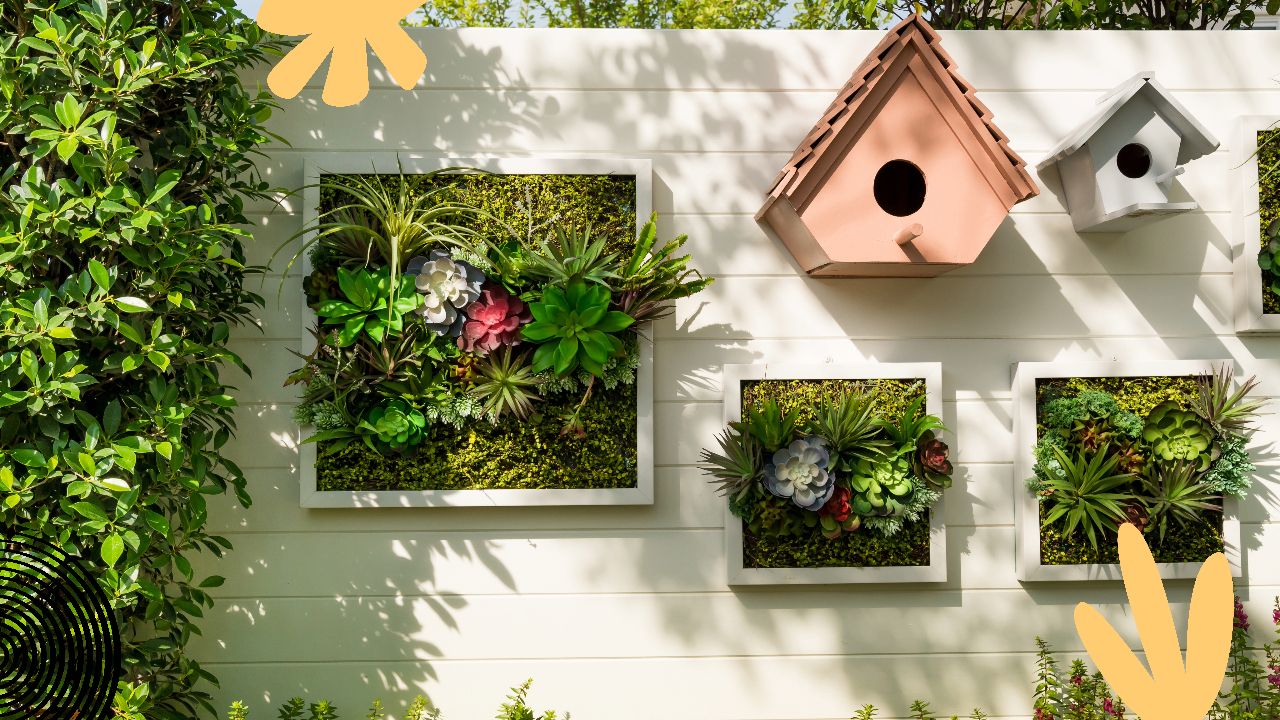
Are you running out of ground space to grow your favorite plants? Or maybe you live in an urban environment where a traditional garden is not an option? Enter the DIY vertical garden - a creative and space-efficient solution that brings a fresh, green breath of life into any space, no matter how limited.
Vertical gardens are not just the latest trend in gardening, but a testament to human innovation and our everlasting love for greenery. The concept of 'vertical gardening' has evolved over the years, transforming bare walls and balconies into lush, living canvases. It's time to think beyond the horizontal plane and explore the third dimension of your gardening space - the vertical.
A vertical garden, whether it's an outdoor vertical garden or an indoor herb wall garden, offers more than just an aesthetic appeal. It brings numerous benefits, including improved air quality, better utilization of space, and an opportunity for everyone to engage with nature - even in the heart of a concrete jungle.
So, are you ready to transform your limited garden space into a flourishing, vibrant green haven? Let's get started on your journey to creating a unique DIY vertical garden that will make your green thumb proud.
Join our Newsletter
Sign up for our email list to receive exclusive promotions and landscape design inspiration.
Understanding Vertical Gardens: A New Dimension to Gardening
A vertical garden, as the name suggests, grows upwards using a wall or a freestanding structure for support. It's an innovative approach to gardening that encompasses the principles of horticulture, landscape design, and architecture. This unique blend of disciplines creates a striking aesthetic, allows for greater biodiversity, and optimizes the use of space.
Vertical gardens differ significantly from their traditional counterparts. While horizontal gardens spread outwards, taking up significant ground space, vertical gardens ascend, turning barren walls and structures into vibrant green landscapes. This contrast is especially evident in the layout and plant arrangement techniques. The innovative spatial distribution in vertical gardens allows plants to receive ample sunlight, despite their compact arrangement.
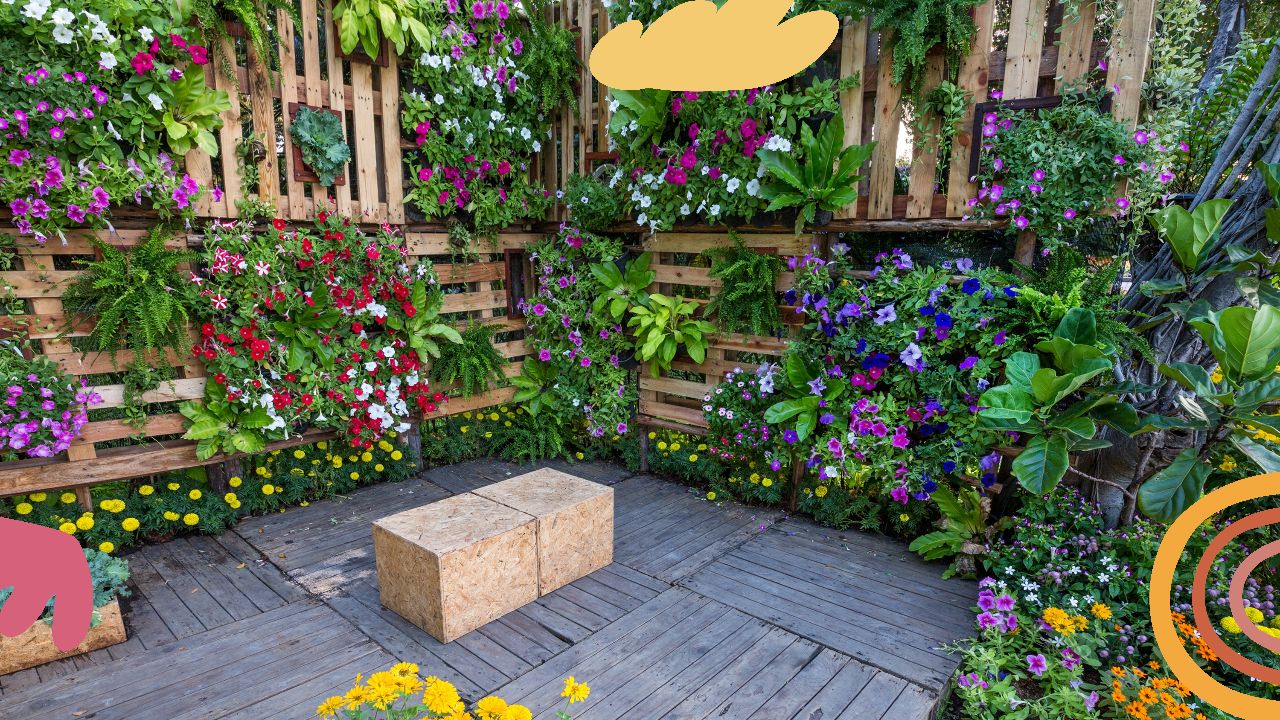
The rise of vertical gardens is largely due to the shrinking garden spaces in urban environments. As cities become more densely populated, the availability of ground space for gardening continues to dwindle. Vertical gardens offer a smart solution to this problem, enabling urban dwellers to transform their balconies, patios, and even interior walls into lush green areas. By taking gardening off the ground and onto the walls, vertical gardens are redefining the traditional concept of a garden. Visit our Gardening category to explore various unique garden ideas for your home.
Key Elements of a Vertical Garden
Building your own DIY vertical garden can be an exciting project. However, to ensure your vertical garden thrives, it's crucial to consider a few key elements:
1. Choosing the Right Location
Not every wall or structure in your home is suitable for a vertical garden. The location should provide the right conditions for the plants, including appropriate sunlight exposure and temperature. For outdoor vertical gardens, a north-facing wall can prevent direct sunlight from scorching the plants. On the other hand, indoor herb wall gardens might require supplemental lighting if natural light is insufficient.
2. Selecting the Right Plants
When selecting plants for your vertical garden, consider their growth habits, light requirements, and compatibility with other plants. Herbs, strawberries, and succulents are excellent choices for vertical gardens, as they have shallow root systems and adapt well to vertical conditions.
3. Watering and Lighting
Watering a vertical garden can be more challenging than a traditional garden due to gravity. An effective irrigation system can solve this issue. Additionally, providing the right amount of light is crucial. While most vertical gardens require bright, indirect light, the light requirements may vary based on the plant types.
4. Container Gardening
Container gardening plays a vital role in vertical gardening. Pots and planters should be lightweight and have excellent drainage. This approach is also where your DIY skills can shine - from DIY concrete planters to upcycled soda bottle gardens.
If you are looking for some plant ideas for your vertical garden, HeyHome's Gardening and Houseplants posts are an excellent resource.
Remember, a thriving vertical garden requires careful planning and ongoing maintenance. But the rewards - a stunning vertical display of greenery and the satisfaction of a successful DIY garden project - are well worth the effort.
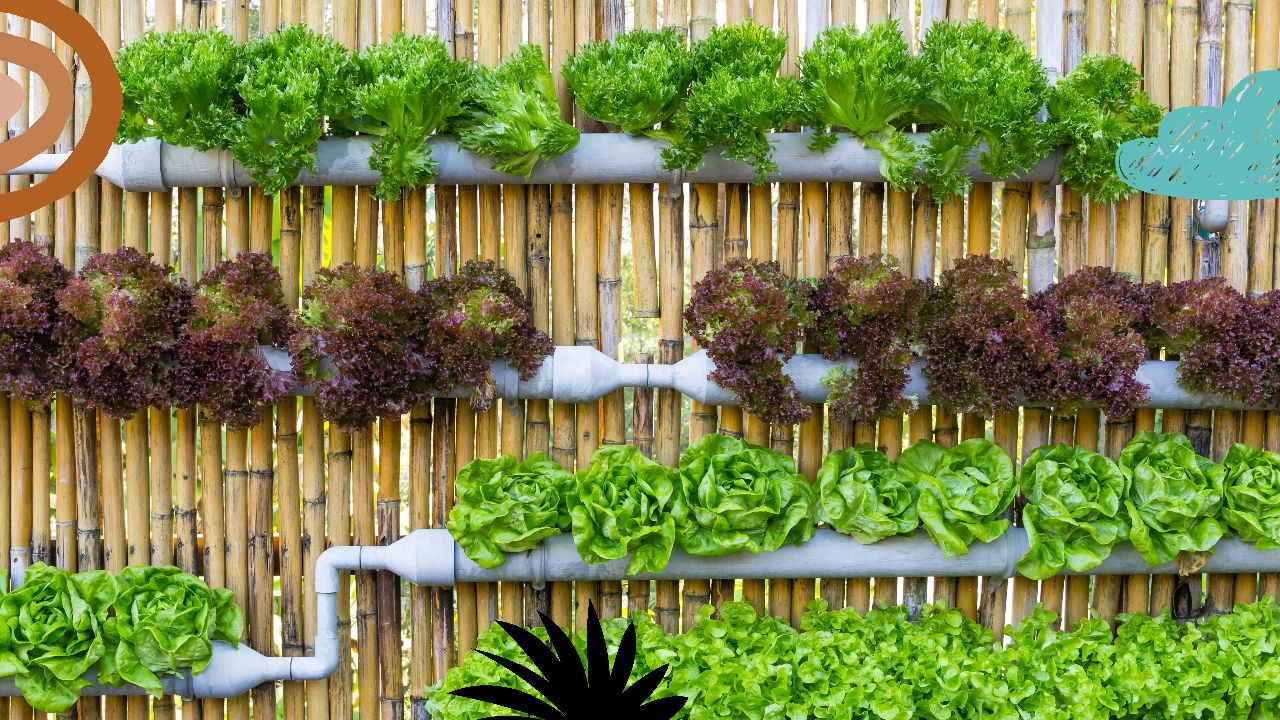
Step-by-Step Guide to Building Your DIY Vertical Garden
Creating a vertical garden may seem daunting, but with the right guidance and a dash of creativity, you can transform any vertical space into a thriving green oasis. Here's a step-by-step guide to building your DIY vertical garden.
1. Getting Started: Required Tools and Materials
Depending on your design and the size of your vertical garden, you'll need various tools and materials. These might include a support structure (like a trellis or pallet), potting soil, a watering system, and of course, your selected plants. Remember to gather all your materials before starting your DIY garden projects to ensure a smooth and hassle-free process.
2. Creating the Structure: DIY Wall Planter or Concrete Planter
Building the structure is a crucial step. For a DIY wall planter, you might use a pallet or create a series of shelves. For a DIY concrete planter, you can make molds from boxes or buckets and pour in the concrete. Ensure your structure is sturdy and has good drainage.
3. Planting and Arrangement: Designing Your Vertical Herb Garden
This is where your creativity comes into play. Arrange your plants in a way that allows all of them to receive adequate light and air. If you're planning to create a vertical herb garden or a hanging herb garden, remember that certain herbs like basil and mint require more sunlight than others.
4. Maintaining Your Vertical Garden
Maintaining a vertical garden is different from a traditional garden. You'll need to monitor the light, water, and nutrient needs of your plants closely. From your DIY raised garden bed to your vertical garden, maintenance is key to ensure longevity and health of your plants.
5. Unique DIY Ideas: Upcycled Vertical Garden
If you're looking for unique DIY ideas, why not create an upcycled vertical garden or a soda bottle vertical garden? These projects not only look cool, they're also great for the environment!
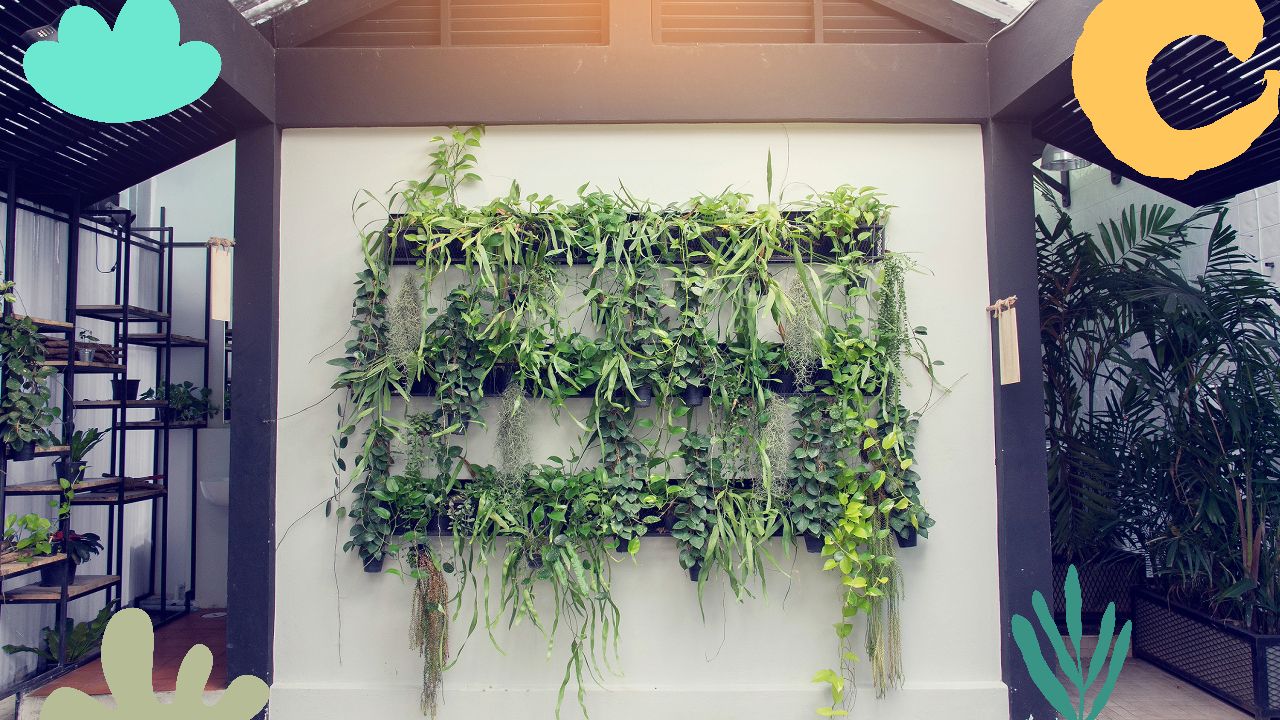
Remember, the process of creating a vertical garden should be as enjoyable as the end result. So take your time, enjoy the process, and watch your vertical garden come to life.
The Magic of Indoor Herb Wall Gardens
Indoor herb wall gardens are a delightful addition to any home. Not only do they offer fresh herbs for your culinary ventures, they also bring an element of nature indoors, adding charm and vitality to your living space.
An indoor herb wall garden is a small space vertical herb garden that you can place in your kitchen or any other indoor area. They're not just decorative, they're practical too. Imagine reaching over to your vertical herb garden to pluck fresh mint for your tea, or basil for your pasta sauce.
Designing an indoor herb wall garden requires careful planning. You'll need to choose herbs that can thrive indoors, and ensure they receive enough light, water, and nutrients. But with the right care, your herb wall garden can thrive, providing you with a fresh supply of herbs all year round.
The benefits of an indoor herb wall garden are many - from improving air quality and providing fresh herbs, to serving as a living piece of art.
Addressing Challenges in Vertical Gardening
Like any gardening endeavor, vertical gardening comes with its own set of challenges. These can range from choosing the right plants and ensuring they receive sufficient light and water, to maintaining the structure of your vertical garden. But with patience, consistency, and some tried-and-true tips, you can overcome these difficulties and reap the rewards of your green efforts.
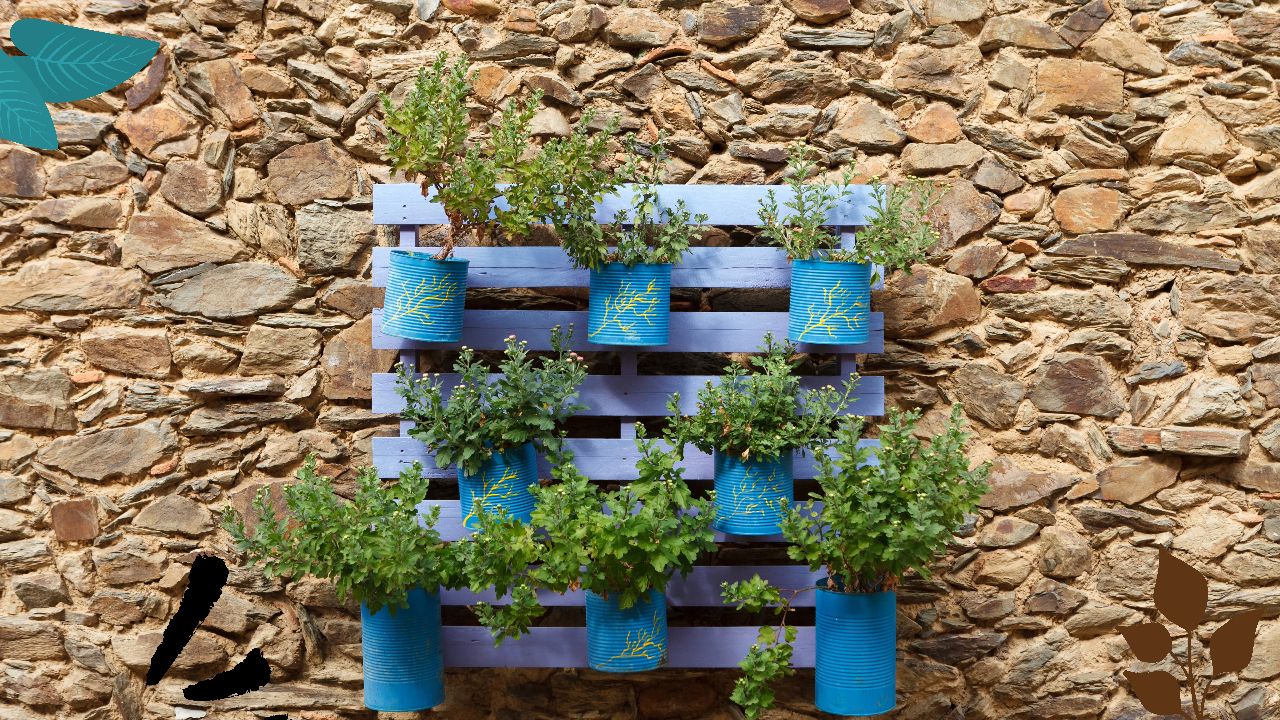
Conclusion: The Joys and Rewards of a Vertical Garden
Creating a vertical garden is not just a fantastic DIY project, it's a journey into the world of gardening that offers myriad benefits. A vertical garden can turn a bare wall into a living work of art, bring fresh herbs to your kitchen, and even contribute to a healthier environment by purifying the air and reducing your carbon footprint.
But perhaps the most satisfying part of the journey is watching your garden grow, from the first tiny sprouts to the full-fledged, vibrant display of greenery. The process teaches patience, nurturing, and the joy of creating something with your own two hands.
So why not take the plunge and start your own DIY vertical garden project? The journey may be challenging, but the rewards are worth it. Here's to creating your own slice of vertical greenery!
Read more about: Gardening Tips, Tips